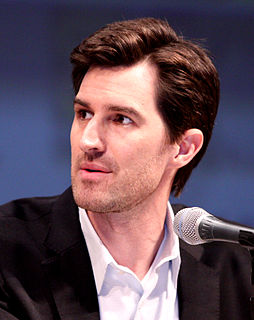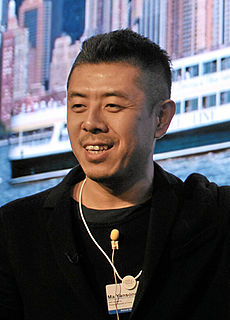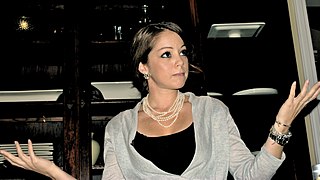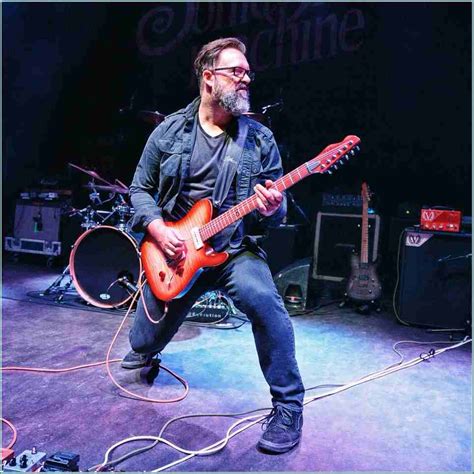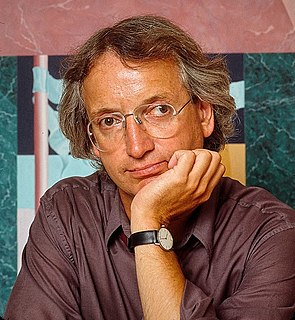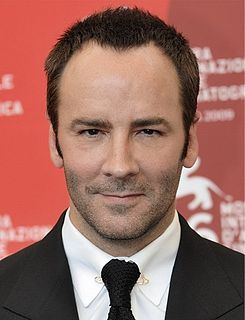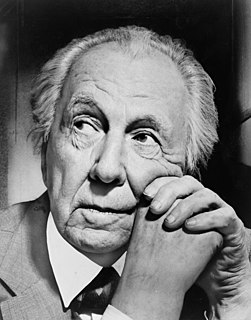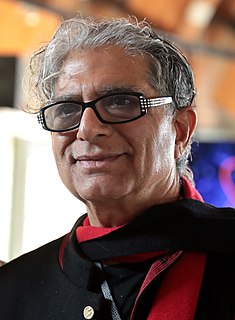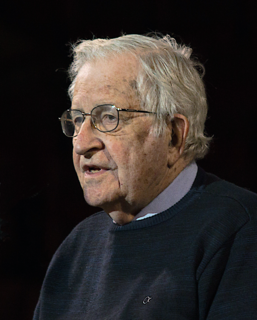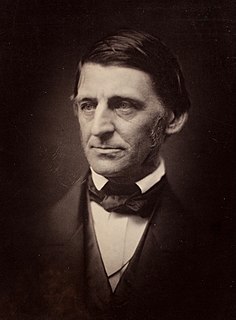A Quote by Keller Easterling
I thought architecture would offer a mix of the artful and practical. It seemed cooler than some of the other options in the university. The lights were on in the architecture school when I got out of rehearsal at night. And I thought the men were handsome.
Related Quotes
Sustainability has become a religion in architecture - not that there's anything wrong with it - but I think it has to work both ways. Everyone thinks architecture has to be subservient to sustainability, but what if we thought in the other direction, like, what can sustainability do to make architecture more exciting?
It was very definitely architectural. I was using the words on the page as some kind of equivalent of a physical model. But I never thought at that point that I wanted to move toward architecture. I wanted to move toward real space. Sure, that's probably another way of saying, I want to move toward architecture. But I didn't define real space in terms of architecture, then.
I realized that the way I approached architecture was with a somewhat fashion brain. That didn't get me very good marks in school, because everyone thought fashion was lightweight. In architecture they say, "Well, why is the door pink? Where does it go? What does the pink mean? What does it symbolize? All the other doors are beige, why is that one pink?" I was like, "Well, it's pink because it's pretty."
There was no moon but the night sky was a riot of crisp and glittering autumn stars. There were streetlights too and lights on buildings and on bridges which looked like earthbound stars and they glimmered repeated as they were reflected with the city in the night water of the Thames. It’s fairyland thought Richard.
When we come to understand architecture as the essential nature of all harmonious structure we will see that it is the architecture of music that inspired Bach and Beethoven, the architecture of painting that is inspiring Picasso as it inspired Velasquez, that it is the architecture of life itself that is the inspiration of the great poets and philosophers.

